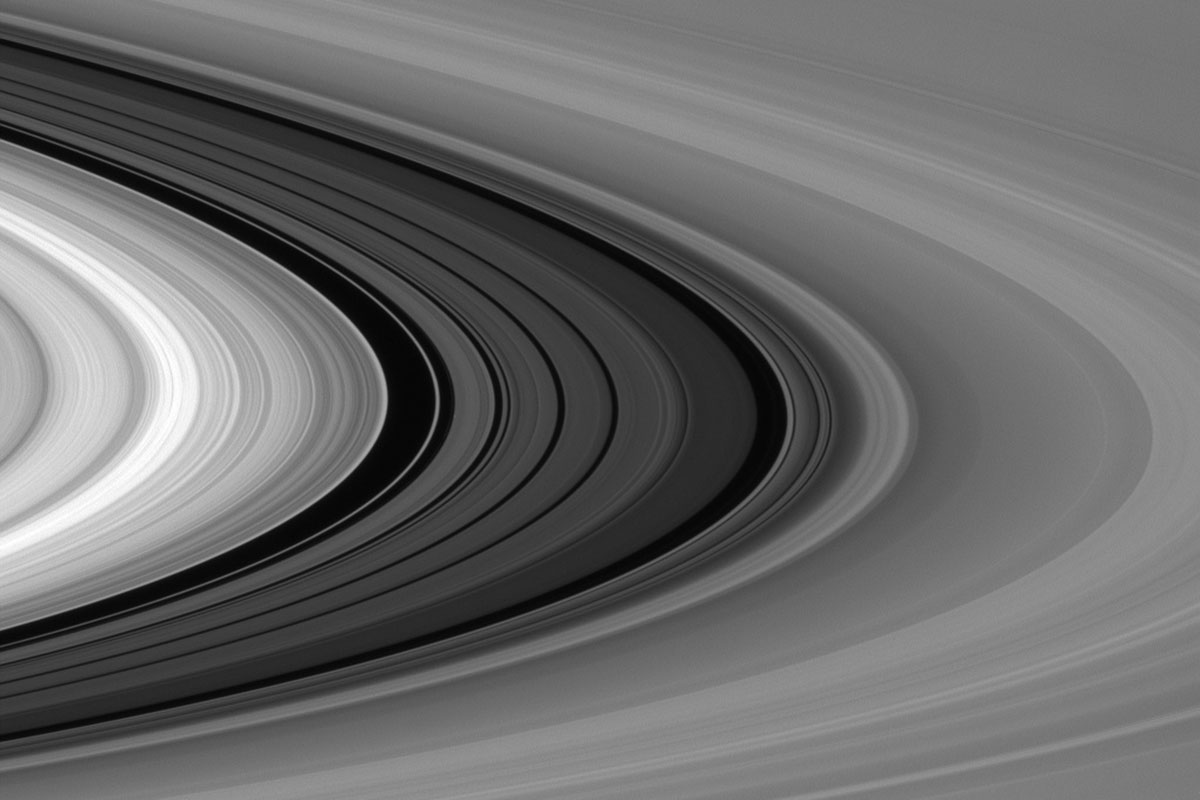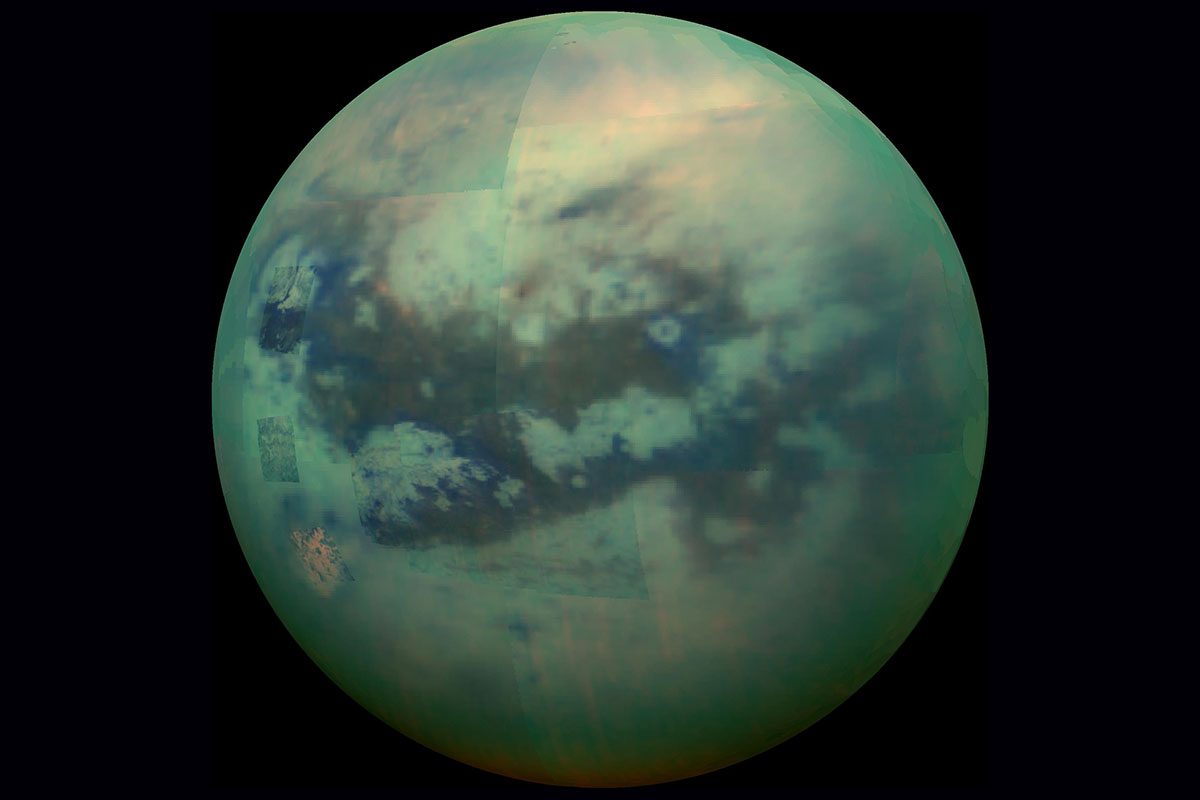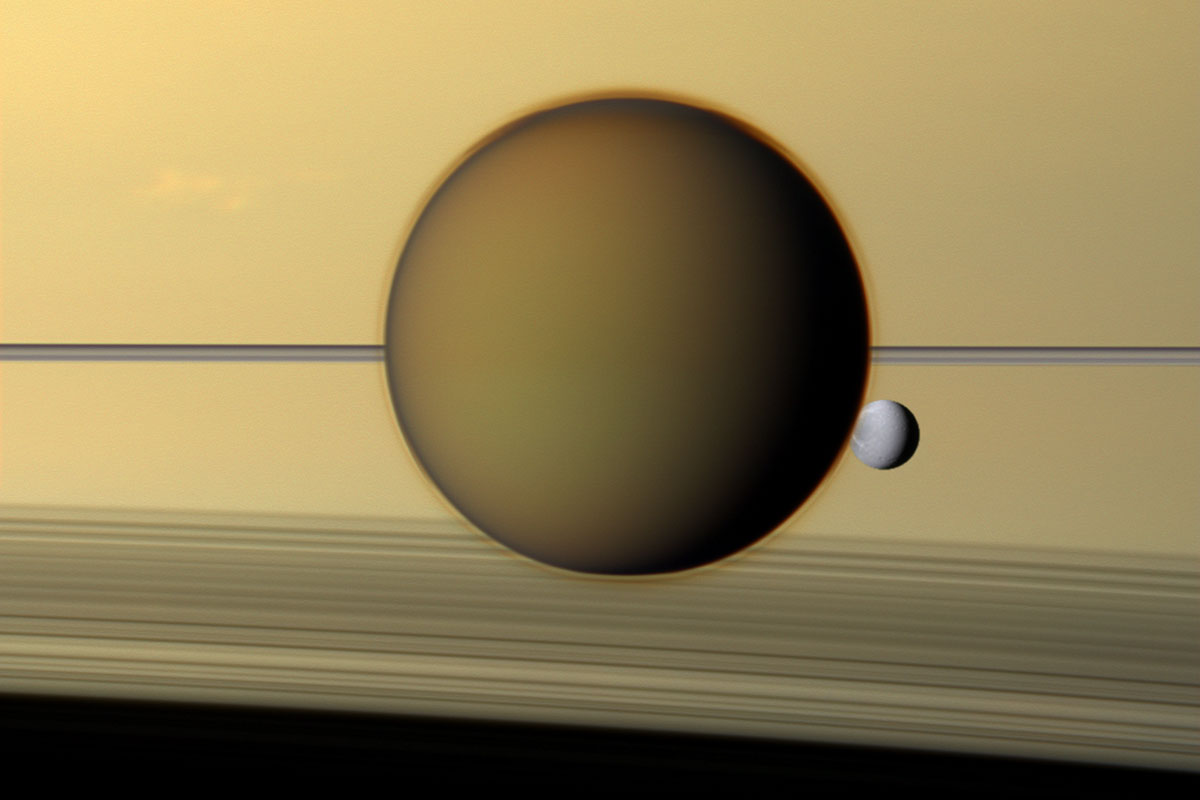NASA’s
Cassini spacecraft has been voyaging through the solar system since October
1997. It went into orbit around Saturn in 2004 and has since taken thousands of
images of the planet, its rings, and its many diverse moons. But on 15
September, the craft will end its mission by crashing into Saturn.
As the
Cassini mission draws to an end, New Scientist looks back at some of the most
impressive images that the spacecraft has sent back to Earth.
Saturn
approaching its northern summer
Taken in
April 2016, this set of stitched-together images reveals the beginning of the
summer solstice in Saturn’s northern hemisphere. Increased sunlight causes
rising hazes that blur some of the planet’s swirling features and mute the
bluish hues more visible in the northern winter.
Saturn’s
rings
Cassini
marked scientists’ first opportunity to study the temperature and composition
of Saturn’s rings from an orbit around the planet. The rings are only about 10
metres thick and made mostly of ice chunks ranging in size from microns to
metres across. This image was taken from about 1.2 million kilometres beyond
Saturn’s surface.
Enceladus
and its geysers
Before we
sent Cassini on a path past Enceladus, scientists expected Saturn’s
sixth-largest moon to be frozen solid. But these geysers spewing from its south
pole indicate a buried sea that could span the whole moon. Later on, Cassini
sailed through the jets and found that they contain nearly all the required
ingredients for life, making Enceladus’s subsurface ocean a strong contender
for potential life in our solar system.
Titan
Saturn’s
largest moon, Titan, also has serious potential for hosting microscopic life.
Although visible light cannot peer through this moon’s thick, hazy atmosphere,
infrared observations like the one seen here reveal its liquid methane seas.
Titan is freezing cold and has no liquid water, but Cassini has seen some
promising signs for the possibility of life there.
Saturn’s
polar hexagon
Saturn’s
North Pole hosts an enormous spinning hexagon almost 25,000 kilometres wide.
Its constant churning is generated by a powerful wind current that makes the
hexagon rotate once every 10 and a half hours around the huge storm at its
centre.
Saturn’s
Rose
In this
false-colour image of the eye of Saturn’s north polar vortex, red indicates low
clouds and green high ones. This colossal hurricane, about 4000 kilometres
across, whirls at Saturn’s north pole year-round, but nobody knows what keeps
it spinning.
Daphnis
makes waves
Saturn’s
moon Daphnis is only 8 kilometres across, but can still make waves. As Daphnis
orbits, its gravity causes ripples in the rings. Some particles from the rings
also stick to the miniature moon, building up a ridge around its equator – a
process that happens on several of the moons that surf the planet’s rings.
Titan,
Dione, and Saturn’s rings
Saturn has
62 confirmed moons. Two of them, Titan and Dione, pose here against a backdrop
of the planet’s rings. Titan’s thick orange smog makes it the only known moon
with a significant atmosphere. Most of Dione is water ice, but Cassini detected
hints that it may conceal a liquid water ocean.
Backlit
Saturn
In July
2013, Cassini flew into the shadow of Saturn, pointed its cameras back at the
planet, and took a series of images with the sun’s light filtering through the
gaps in the rings. This mosaic uses 141 of those pictures.
Earth from
Saturn
As Carl
Sagan wrote, “That’s here. That’s home. That’s us.” The pale blue dot floating
under Saturn’s rings is Earth from 1.44 billion kilometers away. With no more
spacecraft exploring the outer solar system, it’s not a view we’ll see again
soon.










Post A Comment:
0 comments: